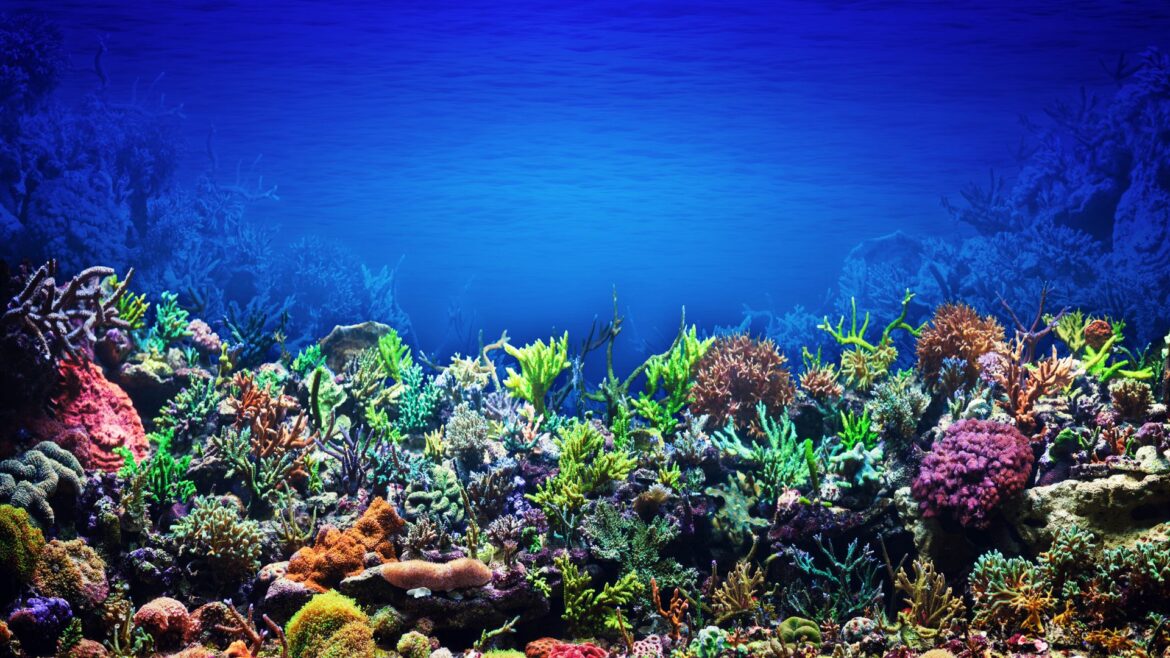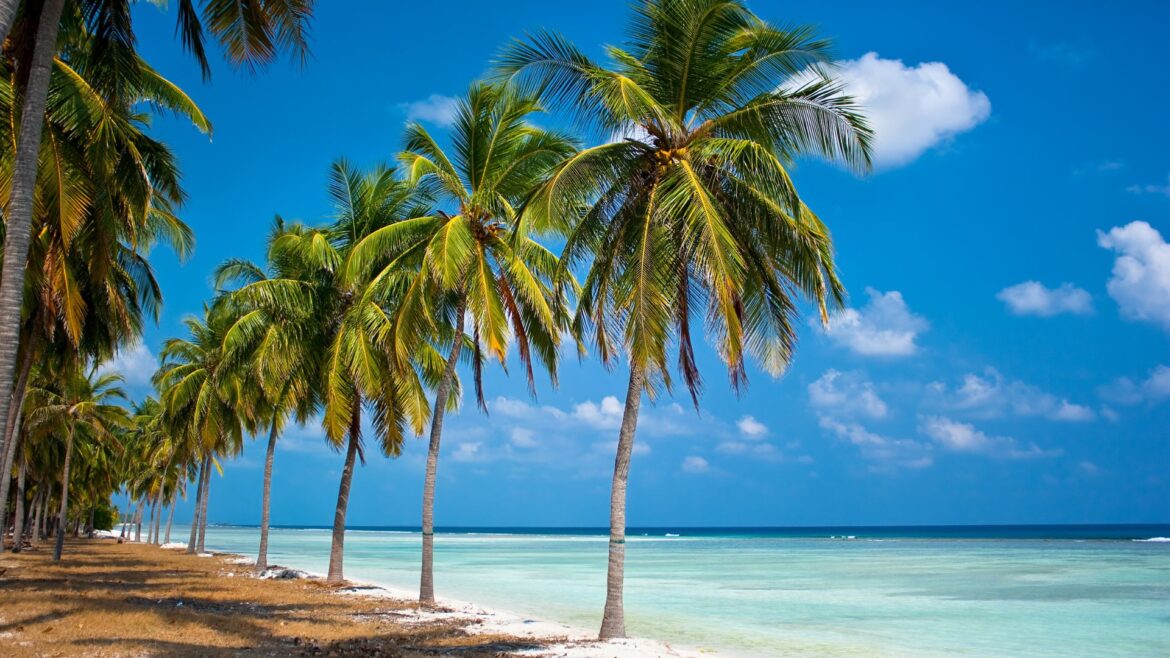Mindful development in Lakshadweep is important for ecological conservation
Development activities in Ladakh must be done keeping in mind the ecological threat and impact in the region

Department of Environment & Forest of Lakshadweep Administration Reports Coral Bleaching in Lakshadweep Islands.
The stunning blue and pristine waters of the Lakshadweep Islands owe their clarity and vibrant hues to the presence of a thriving coral reef ecosystem. These coral reefs act as natural water purifiers, filtering out impurities and fostering a rich biodiversity that maintains the ecological balance of the marine environment.
Additionally, the coral reefs act as natural barriers, reducing wave energy and preventing coastal erosion, which further helps maintain the pristine condition of the waters around the Lakshadweep Islands. This delicate balance of marine life and natural processes creates the breathtakingly clear blue waters that make Lakshadweep a unique and beautiful destination.
Coral bleaching events have been reported in Lakshadweep in March 2024. From 2020 until 2023, these incidents were not significant. It is apparent that the Impact of slot deposit pulsa Infrastructure Development on Ecology of Lakshadweep Islands must be monitored and conservation measures taken wherever necessary. Let’s look at what is coral bleaching, what causes it and what efforts are being put by the Government of India in order to preserve them.
Coral polyps contains algae (zooxanthellae) living in their tissues. The relation between the polyps and algae is symbiotic i.e. interaction between two living organisms living in close proximity. The algae provide the corals with food through photosynthesis and gives them their vibrant colours. While corals offer the algae a protected environment and access to sunlight.
Coral bleaching is a phenomenon where coral polyps expel the algae living in their tissues. This makes the corals completely white in colour. This happens when the corals become stressed due to changes in conditions such as temperature, light, pollution, or nutrients.
1. Increased Sea Temperature: The most common cause of coral bleaching is elevated sea temperatures. This can be due to global warming, El Niño events, or local factors like warm water slot depo 5k discharges from industrial activities.
2. Ocean Acidification: Increased levels of carbon dioxide (CO2) in the atmosphere lead to higher levels of CO2 being absorbed by the ocean. This increases the acidity of seawater, which can affect the coral’s ability to build and maintain their calcium carbonate skeletons.
3. Pollution: Runoff from agriculture, sewage, and industrial activities can introduce harmful substances into the ocean, such as nutrients, sediments, and toxins. These pollutants can stress corals and make them more susceptible to bleaching.
4. Overexposure to Sunlight: Excessive sunlight can increase the temperature of shallow waters and can also lead to bleaching, particularly if water temperatures are already elevated.
5. Changes in Salinity: Freshwater influx from heavy rainfall or river discharge can alter the salinity of seawater, causing stress to corals.
6. Disease: Corals can be affected by diseases that can lead to bleaching. These diseases may be more prevalent or severe when corals are already stressed by other factors.
If damaged coral reefs can take 10 to 12 years to recover. However, if pro-active measure are taken they can recover from the damage much sooner.
Coral species are given the highest level of protection under the Indian Wildlife (Protection) Act, 1972. This act lists corals under Schedule I, meaning they are provided with the strictest conservation measures.
Issued under the Environment Protection Act, this notification focuses on the conservation and management of Ecologically Sensitive Areas (ESAs), which include corals and coral reefs. It prohibits developmental activities and waste disposal in fragile coastal ecosystems to protect them.
The Ministry of Environment, Forest and Climate Change has started a long-term program specifically aimed at restoring coral reefs. The Marine Biological Station of the Zoological Survey of India has been involved in monitoring and restoring the coral ecosystem in Lakshadweep for the past five years.
CMFRI is conducting studies to understand the ecological changes affecting coral reefs. They have launched a national project that uses advanced climate modeling, deep-learning, and ecological research to study the resilience of various coral reefs. The goal is to develop management strategies that ensure the long-term sustainability of these ecosystems.
Since 2011, the Indian National Centre for Ocean Information Services (INCOIS) in Hyderabad has provided coral bleaching alert services based on sea surface temperature data. INCOIS has also expanded its services to monitor marine heat waves, which are crucial for understanding their impact on coral reefs. Additionally, INCOIS conducts studies in the Lakshadweep Islands to better understand coral reef dynamics.
Beyond research and regulations, the government is also actively involved in coral transplantation activities to help regenerate coral populations in affected areas.
Coral bleaching can have severe consequences for marine ecosystems. Without the algae, the corals lose their major source of food, become more susceptible to disease, and may eventually die if stressful conditions persist. This not only affects the corals but also the vast array of marine life that depends on coral reefs for food and habitat. Additionally, coral reefs provide important services to human communities, including coastal protection, tourism, and fisheries.

Development activities in Ladakh must be done keeping in mind the ecological threat and impact in the region

लक्षद्वीप प्रशासन के पर्यावरण एवं वन विभाग ने लक्षद्वीप द्वीपसमूह में प्रवाल विरंजन की रिपोर्ट दी है।

Urbanisation, agriculture, and deforestation are major threats to big cats and their habitats.

